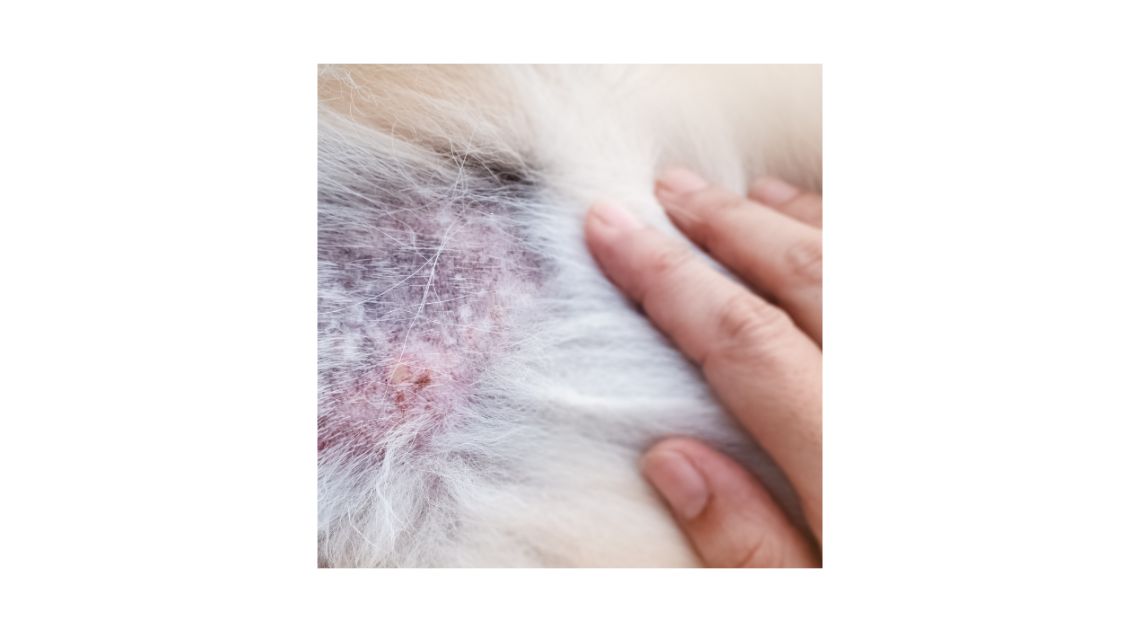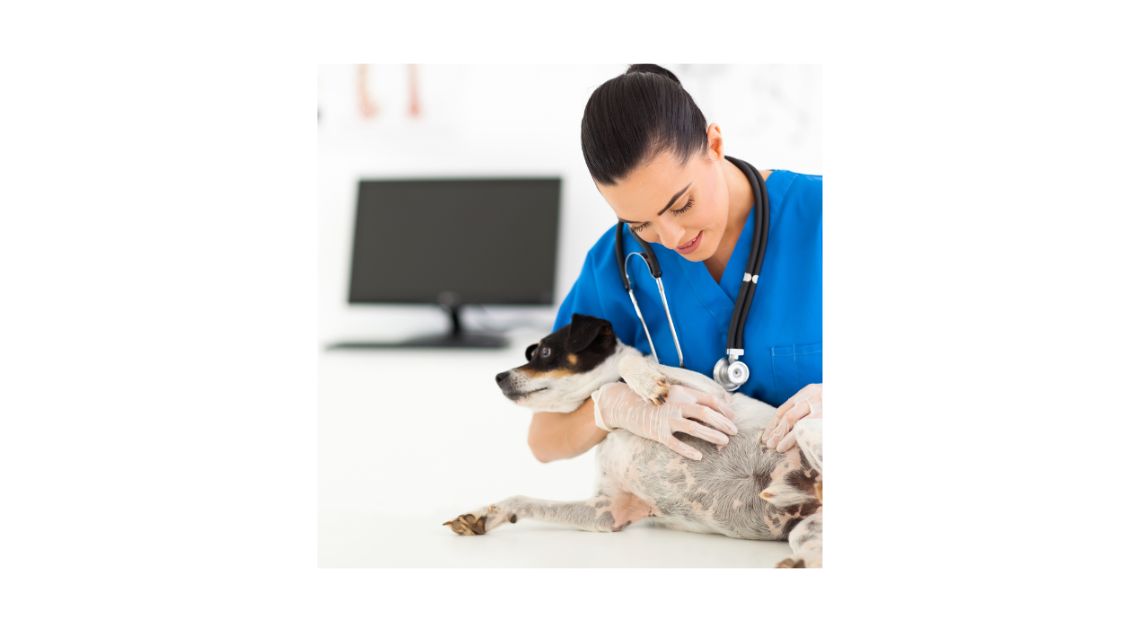If your dog has been diagnosed with cancer, you're likely feeling a range of emotions, from sadness to confusion to anxiety. The good news is that there are treatments available that can improve your dog's quality of life.
In this blog post, we'll discuss some of the most common types of dog cancer treatments and their side effects.

There are many different symptoms of dog cancer, but some of the most common ones include:
This list is not exhaustive, and if you are worried about your dog's health, it is always best to consult with a veterinarian.
There are many different types of dog cancer, but some of the most common ones include:
Skin tumours are masses or lumps that can develop in the skin of a dog.
There are a variety of different types of skin tumours, some of which are benign (non-cancerous) and can be surgically removed, while others are cancerous and may recur or spread to other parts of the body.
A biopsy may be helpful in identifying an aggressive tumour so that a larger area of skin at surgery can be cut out to reduce the likelihood of recurrence or spread.

Dogs have five breasts on each side of the tummy, visible as two rows of nipples. About half of these tumours are benign, while the rest are malignant cancers. The choices for surgery are removal of the lump alone or removal of some or all of the rest of the breast tissue.
Removing more tissue does not appear to prevent the internal spread of cancers. These often spread to the lungs, so chest x-rays prior to surgery are advisable, although early spread may not be visible.
Spaying a bitch at or after breast surgery could reduce the chance of recurrence.
Leukaemia is cancer that starts in the bone marrow, which is the soft inner part of bones where new blood cells are made.
Lymphoma is cancer that starts in the lymphocytes, which are a type of white blood cell. Leukaemia and lymphoma can cause a high number of white blood cells to be released into the bloodstream.
This can lead to infection, anaemia (a lack of red blood cells), and other problems.

There are many different types of cancer treatments available for dogs, and the type that is right for your dog will depend on the type of cancer they have, as well as the stage of the disease.
Some common dog cancer treatments include:
The most common type of dog cancer treatment is surgery. Surgery can be used to remove the tumour, and in some cases, it may be possible to completely cure cancer.
However, surgery is not an option for all types of cancer, and it may not be possible to remove the entire tumour. In addition, surgery can be expensive and may have side effects such as pain, bleeding, and infection.
Radiation therapy is another option for treating dog cancer. Radiation therapy uses high-energy beams to kill cancer cells. Like surgery, radiation therapy can be expensive and may have side effects such as fatigue, nausea, and vomiting.
Chemotherapy is a third option for treating dog cancer. Chemotherapy uses drugs to kill cancer cells.
Chemotherapy can be administered orally or injected into a vein. It is typically given in cycles, with each cycle lasting for a few weeks, followed by a period of rest.
Chemotherapy can be expensive and may have side effects such as hair loss, diarrhoea, and vomiting.

In some cases, surgery, radiation therapy, and chemotherapy may not be possible or may not be effective. In these cases, tumour management may be the best option.
Tumour management involves using drugs to control the growth of the tumour. This can help to improve your dog's quality of life by reducing pain and other symptoms.
Masivet® is a targeted therapy that specifically and selectively targets key enzyme pathways that cause the growth and spread of mast cell tumours.
Masivet® blocks both wildtype and mutated c-Kit, leading to apoptosis of neoplastic mast cells and inhibition of c-Kit dependent mast cell proliferation.
This activity induces tumour shrinkage and inhibits tumour growth. Masivet® also targets PDGFR, Lyn and the FAK pathways. By selectively inhibiting this combination of targets, Masivet® not only reduces the proliferation and survival of neoplastic mast cells but can also target tumour angiogenic and metastatic processes.
Unlike cytotoxic chemotherapeutic agents, Masivet® accurately targets the cause of the tumour by acting on dysregulated tyrosine kinase activity.

Masivet® has been studied in several clinical trials for the treatment of mast cell tumours. Studies show it is likely highly effective at reducing or eliminating symptoms related to these conditions without side effects on healthy tissue nearby.
In addition, investigators have found that when compared against other drugs available today regarding grade III/IV MCTs, this medication was quite safe, with no significant complications seen after eight weeks of usage.
Order your does ofMasivet today!
There are a number of treatment options available for dogs with cancer. The best course of treatment will depend on the type of cancer your dog has and its stage of development.
Treatment options include surgery, radiation therapy, and chemotherapy. Each option has its own risks and benefits, so be sure to discuss all of your options with your veterinarian before making a decision.
Remember that the goal of treatment is to improve your dog's quality of life, so don't hesitate to seek out treatment if you think it will help your furry friend feel better.
This will vary depending on the type of cancer your dog has, its stage of development, and the available treatment options. Some dogs may only live for a few weeks after being diagnosed with cancer, while others may live for months or even years.
In some cases, cancer can be cured. However, this is usually only possible if the cancer is caught in its early stages and if the dog has a good response to treatment. Cancer is often considered to be controllable rather than curable.
There are a number of signs that may indicate that your dog has cancer. These include weight loss, lethargy, vomiting, diarrhoea, and changes in appetite. If you notice any of these signs, be sure to take your dog to the vet for a check-up.
The cost of treating cancer in dogs will vary depending on the type of cancer your dog has, its stage of development, and the available treatment options. Treatment can range from a few hundred pounds depending on the severity of the condition.